
Valley Bees Community
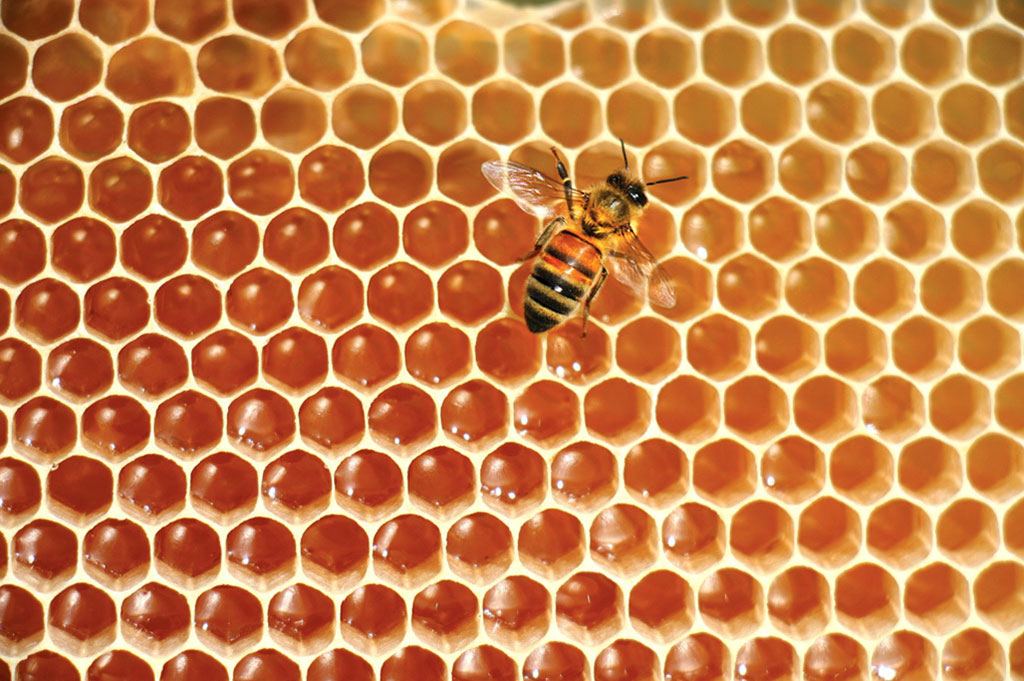

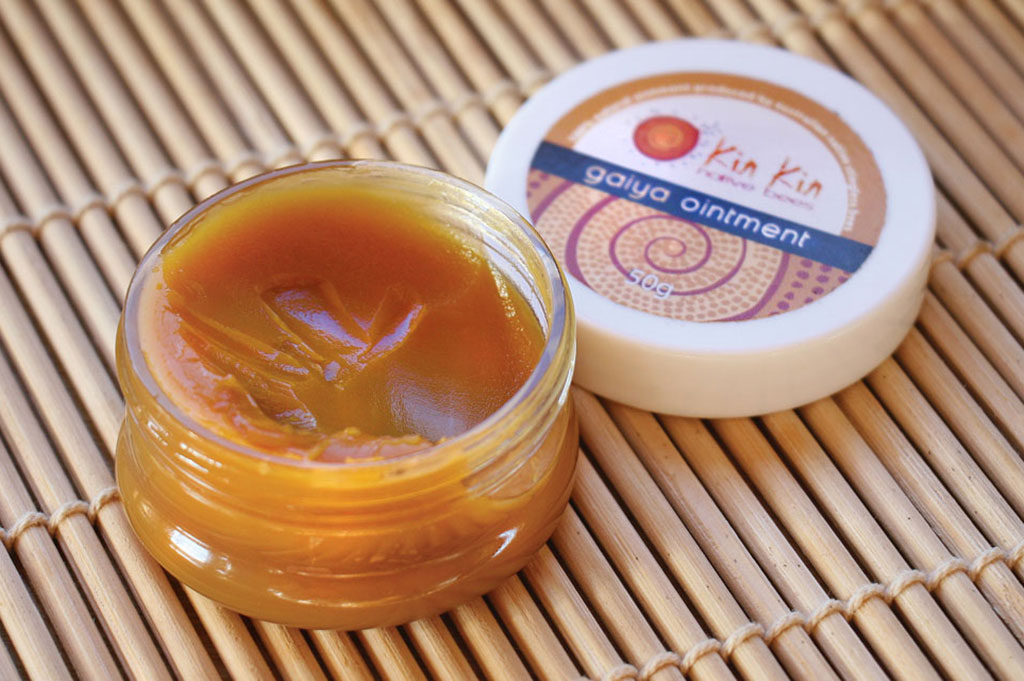
How do bees make honey?
As the sun rises and the temperature at the entrance to the hive reaches 16°C, the field bees leave the hive to scout for nectar over a 5km radius from the hive. Some check out the sources of the previous day; others criss-cross the area to pick up the faintest scent of nectar (a bee’s sense of smell is 90 times more sensitive than that of a human). Some will even alight on my morning drink, which contains a small amount of honey!
Having located a generous flower the bee alights on it to seek out the nectar usually deep within the flower. In doing so the bee disturbs the pollen grains on the stamens of the flower. This sets in train the valuable service to the plant of fertilisation of the fruit and seeds for future generations of plants. Each day the 12,000 or so forages that bees make from each hive distribute a massive amount of pollen.
The bee now sucks the nectar up through its tongue which is hollow like a drinking straw. This is stored in its honey stomach. Numerous flowers are visited to fill the stomach. I have observed one bee visiting 32 macadamia flowers in one minute.
The bee cannot head home yet. Her body is covered in pollen grains, which provide a valuable mineral and protein food for the larvae back in the brood of the hive. So she rapidly combs the pollen into baskets on her back legs and, loaded with nectar and pollen, heads in a bee line for home.
On reaching the hive she quickly enters to give her bounty to the colony. The pollen is dropped off for the workers to store to feed the brood. The nectar is transferred to many workers, tongue to tongue. The bees consume some of the nectar for their own needs and the rest is stored in cells for future needs of the colony. During this transfer, the hive bees get information about the source of the nectar – taste, aroma, colour and the direction and distance it was found. More bees now know where to find it.
Now the nectar must be changed to honey. The water content is about 80% and if left at that level it would ferment. As the bees handle the nectar they add enzymes. These enzymes enhance the food value of the honey. The temperature in the hive (38°C) and the fanning of the bees wings evaporate the water until it is lowered to between 16% and 20%. This is now honey and can be safely stored and capped for future needs. It is interesting to note that a hive of bees needs 125kg of honey and 30kg of pollen a year for their own needs.
Capped honey is referred to as ripe and is extracted to be marketed for human consumption.
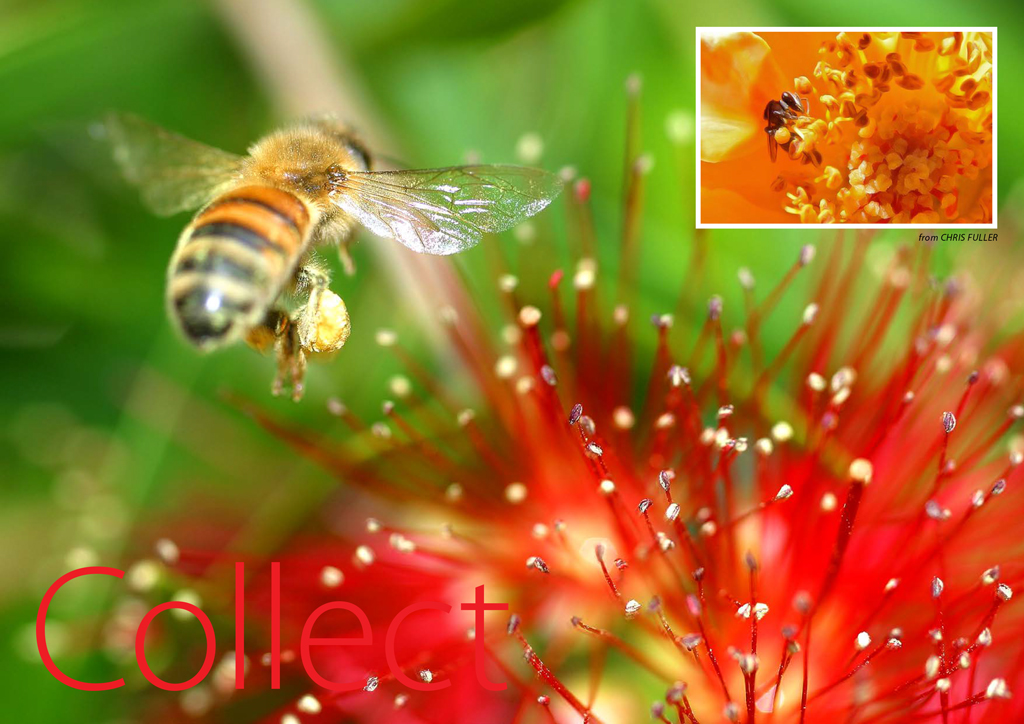
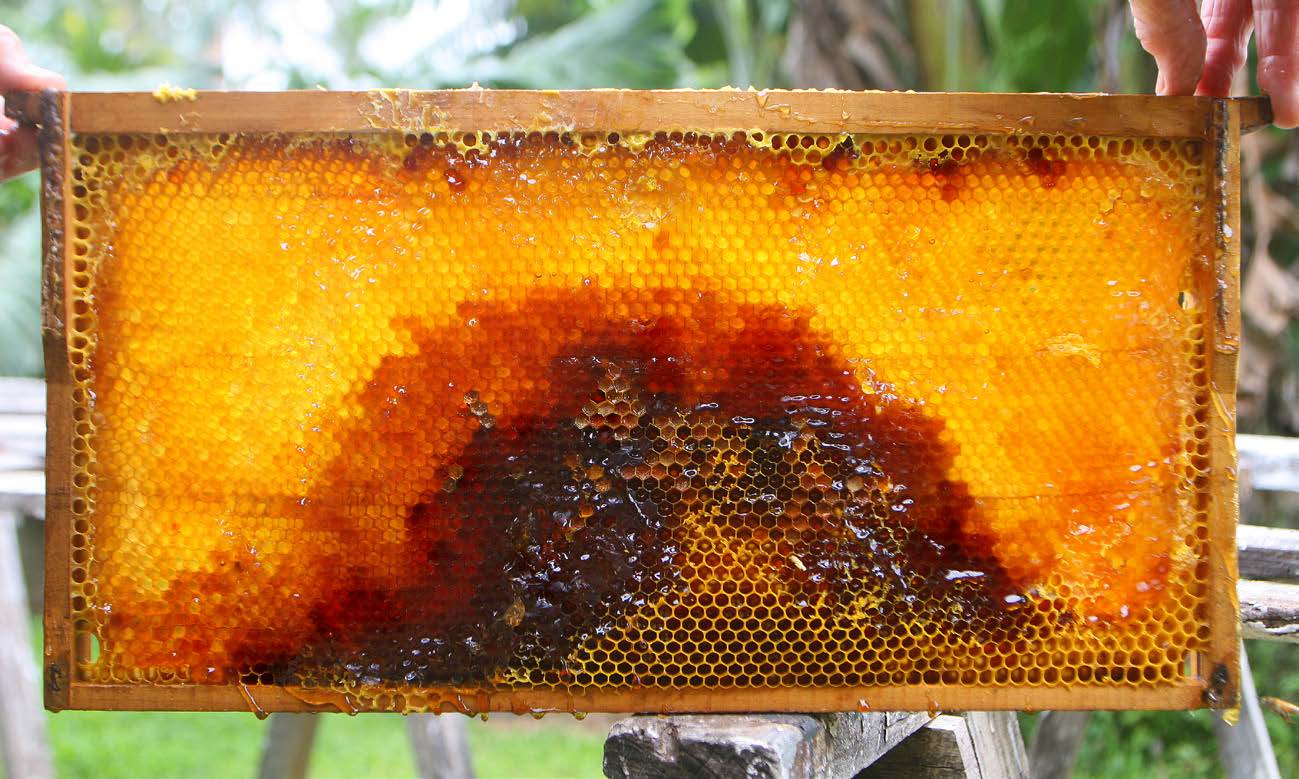
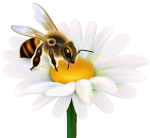
To collect just 1 Kilo of honey, honeybees will need to
- make approximately 150,000 flights
- fly between 250,000 to 450,000km
(True! – that’s the equivalent of more than 10 times around the World!) - visit more than one million flowers

A single frame from a hive
- has 2,500 hexagonal cells on each side (5,000 cells in total)
- can hold up to 3kg of capped honey

A strong productive beehive
- has between 30,000 and 50,000 bees
- in one year, can produce around 60 to 100kg of honey, depending on seasonal changes.
Honey can only be produced by bees. In the process of changing nectar to honey, bees add enzymes which aid digestion and they evaporate 75% of the moisture content. The plant origin of the nectar will give the honey its character – distinctive colour, aroma, flavour, density and granulating tendency.
Honey is a complex food. It contains:
- Natural sugars: 25 different sugars including Fructose, Glucose, Levulose, Trehallose, Meletoze, Dextrose and many others that aid human digestion. Many of these sugars are not in nectar but are added by the bees during ripening.
- Natural acids: including Gluconic, Citric, Malic, Formic.
- Minerals: including Potassium, Sodium, Calcium, Magnesium. Vitamins: including Thiamine, Ribroflavine, Folic Acid.
- Proteins: including Amino Acids, Carotene, Mannitol.
- Enzymes: including Invertase, Diatase, Catalyse, Phosphatase, Glucose Oxidase. These enzymes are added by the bees to predigest the honey. On entering the human digestion system these enzymes add their energy to aid digestion.
Honey is a unique food. It is a living, instant, energy-building food containing many substances necessary for life.
Honey is the oldest sweet known to mankind. It has a fascinating history as a food and for medicinal uses. And there is still more to be discovered. Recently specific honeys have been found to have stronger antibiotic properties which kill pathogens resistant to other cures. Other components remain unknown and untraceable.
Honey improves the taste of food. Add some to your food and drink and see how flavourful they become.
Honey will granulate as sugars crystallize. It retains its qualities.
To liquify it, warm it gently but not over 45°C.
Look for local honey producers at Farmer’s Markets or in smaller food stores. ATHOL CRAIG
